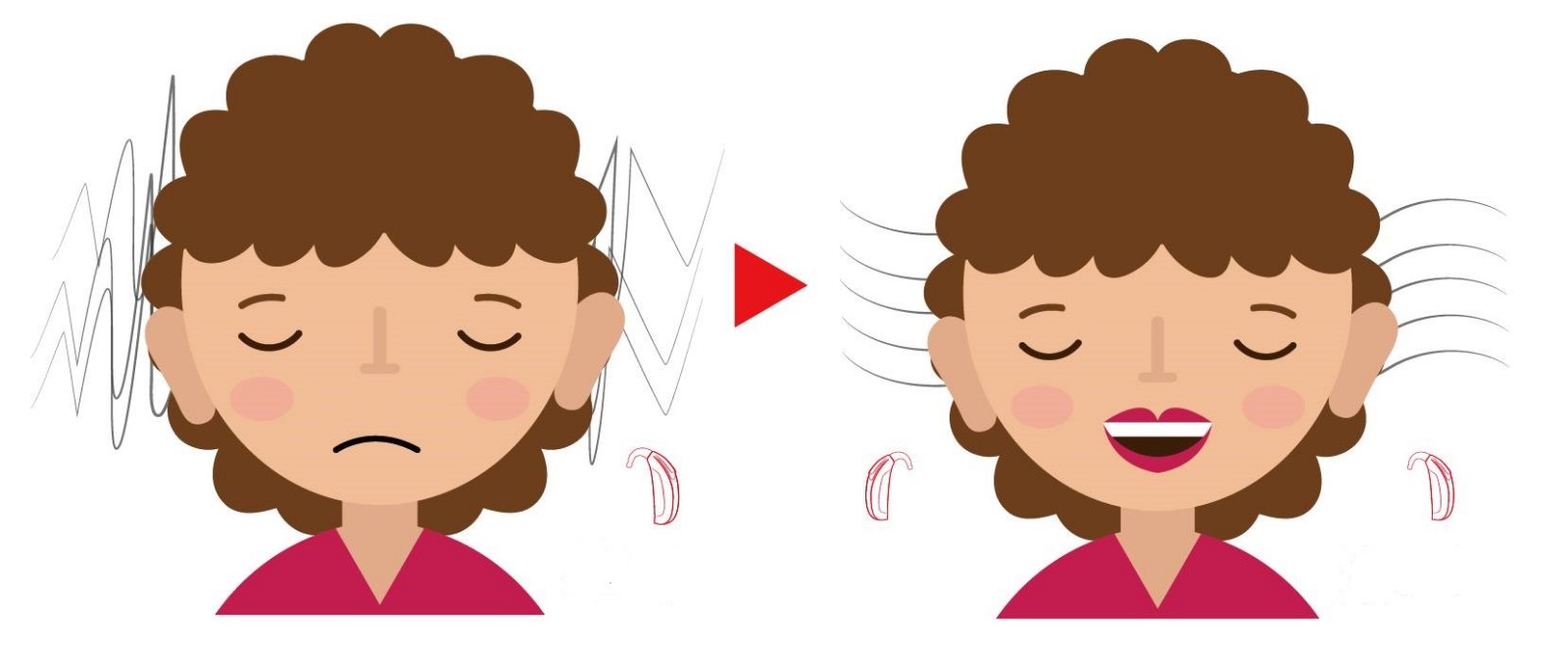The effect of unilateral ear malformation on hearing
The effect of unilateral small ears on hearing and language development is not as obvious as bilateral. We sometimes say that a single unilateral ear is actually an "invisible disability." Why do you say that? In fact, as the literal meaning is understood, the impact of unilateral small ears on hearing and language development is generally slow and difficult to find. We used to tell parents that “the child can hear and speak without a problem”, but now, we recommend that parents “if the economic conditions are ok, it is best to give the child a hearing aid.”
The effects of unilateral small ears are mainly reflected in the speech recognition and sound localization functions in noise. In fact, the performance of these two aspects, parents and friends often with children, it is still very easy to find. Some of the following effects may be more difficult to find. Because the hearing of a good ear is dominant, the small ear patient generally habitually uses the ear to listen. After a long time, it is easy to cause "hearing fatigue" (too tired). "Auditory exhaustion" in daily life of unilateral small ears may also cause hearing and attention inattention and hyperactivity. Another phenomenon associated with “hearing exhaustion” is “biasing”. Because we habitually use our ears to listen to the sound, we will use our ears to bias the sound source; for a long time, there will be a habit of listening to the sound from the side. Furthermore, because the speech recognition in the noise is poor and the sound source localization function is poor, the learning ability of the unilateral small ear patients will also be affected.

category
